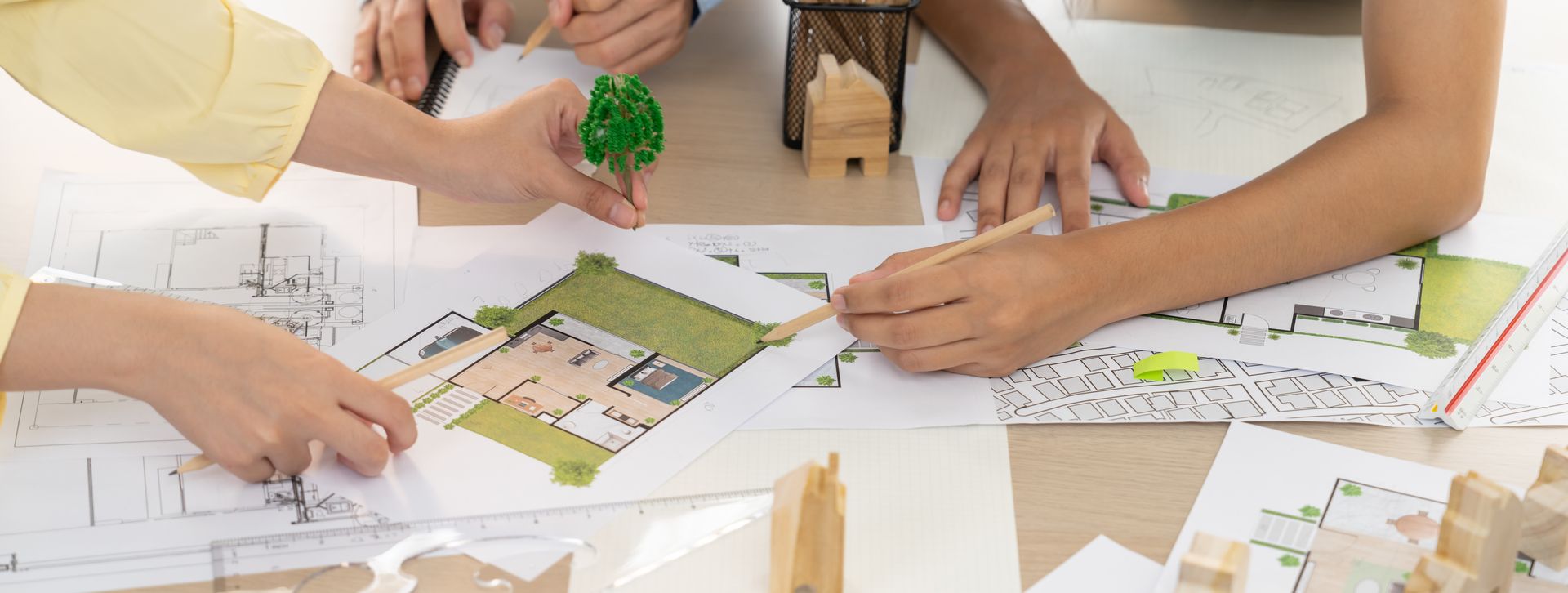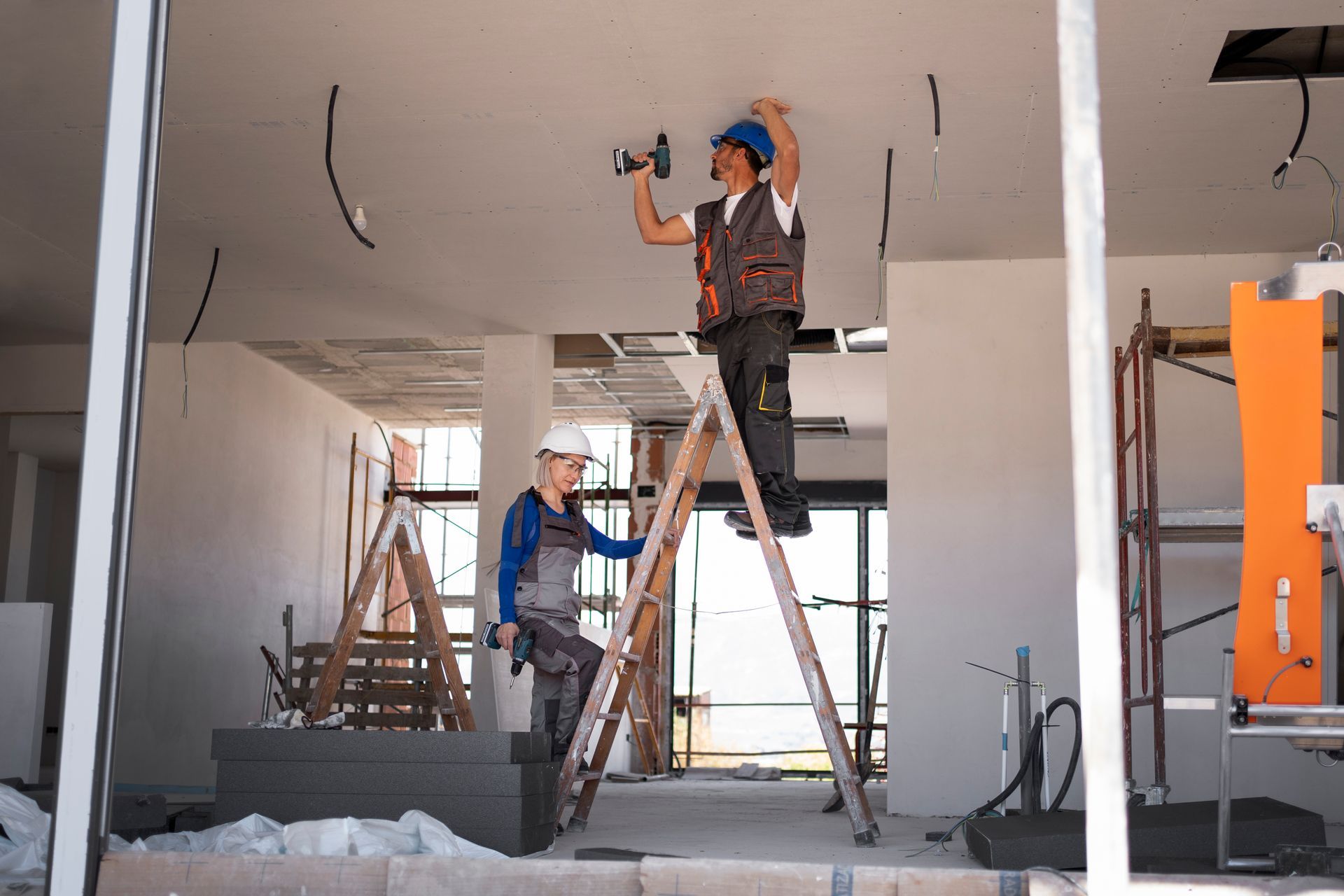Flooring 101: Decoding the Jargon from Installation to Refinishing
The world of flooring can be quite daunting, especially when you're not familiar with the industry jargon. From installation to refinishing, the process is filled with technical terms that may seem foreign to most homeowners. This article aims to decode these terms and provide clarity to help you make informed decisions about your flooring project.
Let's start with the basics - installation. This means the act of laying down new floors. There are a few methods of installation, each suitable for different types of flooring. The floating method, for instance, is used for laminate or engineered wood, while the nail down technique is ideal for solid hardwood. An underlayment, a thin layer of material directly underneath your floor covering, is typically used to provide cushioning, sound absorption, and insulation.
On the other hand, refinishing is a process that restores the appearance of your existing hardwood flooring. This usually involves sanding down the surface to remove the old finish and any scratches or stains, then applying a new finish to protect the wood and give it a fresh look. It's a great way to breathe new life into your floors without the cost and hassle of installation.
Another term you might come across is subfloor. This is the base or foundation on which your flooring is installed. It provides structural support and ensures a smooth, flat surface for your floor covering.
Now, let's talk about finishes. The finish is a protective layer that is applied to the surface of flooring, particularly hardwood. It can come in different sheens, from matte to high gloss, and can significantly affect the appearance of your floor.
So, what's the difference between prefinished and site-finished flooring? Prefinished flooring comes from the factory with a finish already applied, making the installation process quicker and less messy. Site-finished flooring, on the other hand, is finished on-site after the installation, giving you more control over the color and finish.
Then there's the Janka hardness rating, a measure of the hardness of wood species. It's an essential factor to consider when choosing hardwood flooring, as it indicates the wood’s resistance to wear and denting. The higher the rating, the harder (and more durable) the wood.
You may also hear the term 'acclimation'. This is the process of allowing new flooring to adjust to the conditions of your home before installation. It's crucial to prevent warping, shrinkage, or other issues caused by changes in humidity and temperature.
Finally, let's clear up the difference between laminate and vinyl, two popular flooring options. Both are affordable and come in a wide range of styles. However, vinyl is water-resistant and slightly softer underfoot, while laminate typically offers a more authentic wood look.
Understanding these terms can take you from a flooring novice to a savvy homeowner, ready to make informed decisions about your flooring project.
Does the thought of managing a flooring installation or refinishing project still sound daunting? Don’t fret! Sublime Home Improvements is here to help. Our expert team will guide you through the process, ensuring a smooth and hassle-free experience.
Get in touch with us today
for a free consultation and let us transform your floors with precision and expertise. We can't wait to bring your flooring visions to life!










